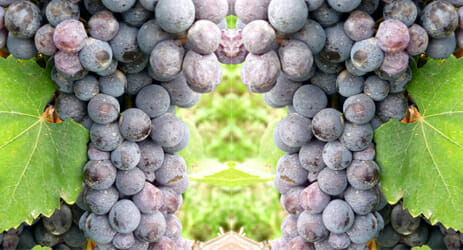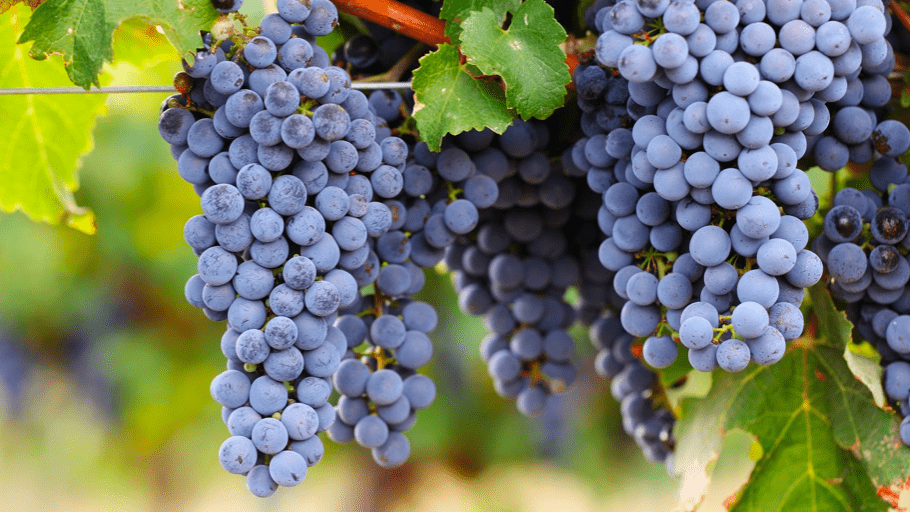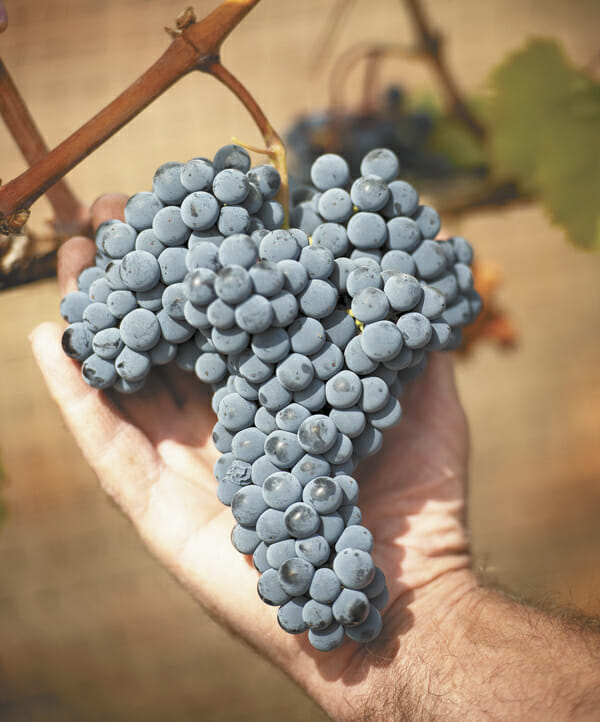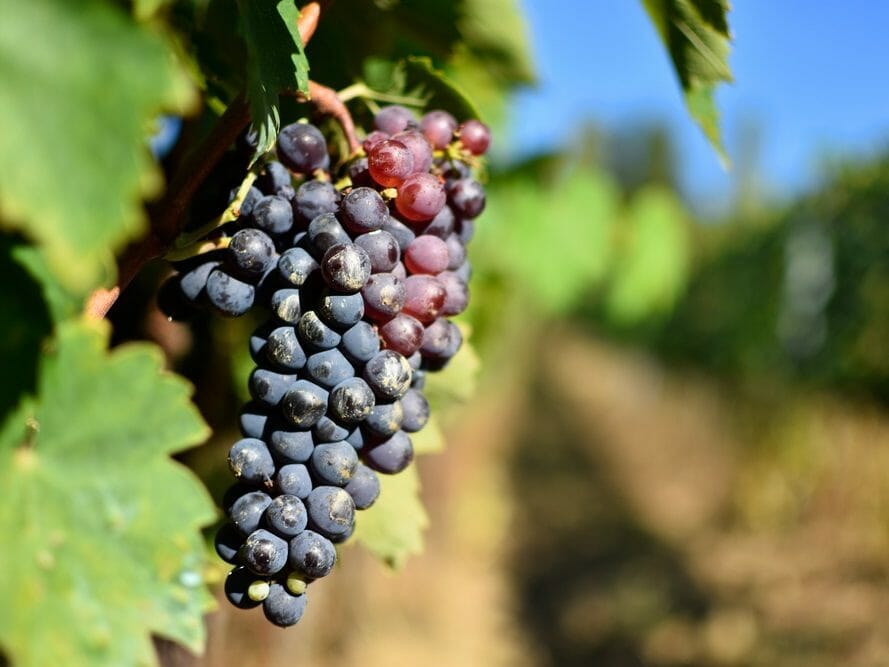Lunar New Year is the time that we would like to bring out that bottle(s) of wine, be it red or white, to share it with with family, friends and/or relatives for celebration (of life, of friendship, or love and support) or quite simply, just for mere enjoyment.
Here are some of the red varietals that you might want to know or try on. Cheers.
Nebbiolo
Main characteristics: Tar, violets, brick-orange tinge.
This varietal is typically aromatic with extraordinary smell reminiscent of roses, cherry, woodsmoke and tar. This is Piemonte’s answer to Pinot Noir. In Barolo and Barbaresco it responds to every nuance of aspect and elevation. It will ripen only on the most favoured sites. When fully ripe it is exceptionally high in tannins, acids, and pigments, but long cask and bottle ageing can result in seductive wines.
Pairing with food: Savory Chinese dishes, Asian cuisines with spices; foods that feature fat, butter, and olive oil to help balance the tannins.
Cabernet Franc
Main characteristics: Leafy, currant aromatic
Very often, we see this varietal playing second-fiddle to the much popular Cabernet Sauvignon and Merlot. Mainly due to its less intense, softer progenitor of Cabernet Sauvignon. This grape is used as a sort of insurance policy against Cabernet Sauvignon’s not ripening properly and also a softening blending material.
Increasingly, this grape is made as single-varietal wine. It exudes the aroma of cherry, raspberry, strawberry, with tasting notes of mint, bell pepper, herbs.
Pairing with food: beef, pork chop, roast chicken, tandoori chicken, fillet mignon with mushroom gravy. It goes well with vegetarian dishes like fried tofu, grilled / sauteed mushrooms, stir-fried eggplants.
Tempranillo
Main characteristics: Spice, leather, tobacco leaves
Spain’s mots famous grape. It also has long been used for port and is increasingly respected as table wine grape in Portugal. The characteristic smell has hints of leather and tobacco leaves.
The flavour of Tempranillo is essentially savoury rather than sweet. Its versatility enabled it to be used well in making strawberry-ish young reds and oak-aged reds with a hint of vanilla, licorice and spice characters.
Pairing with food: Braised spiced pork, teriyaki ribs, crispy pork belly, barbecue grilled-meats, smoky dishes, dishes with tomato-based sauces eg pizza and lasagna.
Sangiovese
Main characteristics: Savoury, lively,
Italy’s most planted grape, in its many forms, and particularly common in Central Italy, most gloriously in Chianti Classico, Brunello di Montalcino, and Vino Nobile di Montepulciano. The flavour can range in a spectrum somewhere between prunes, herbs, cherry, tobacco, violets, leather and chestnuts. It tends to be savoury rather than sweet, and if not fully ripe can smell distinctly farmyard-like.
Pairing with food: Here is the tip – Anything you cooked with your tomatoes e.g. ragu, pasta with meat sauce, pizza, ratatouille etc. Roasted pork, grilled vegetables, prosciutto and salami.













